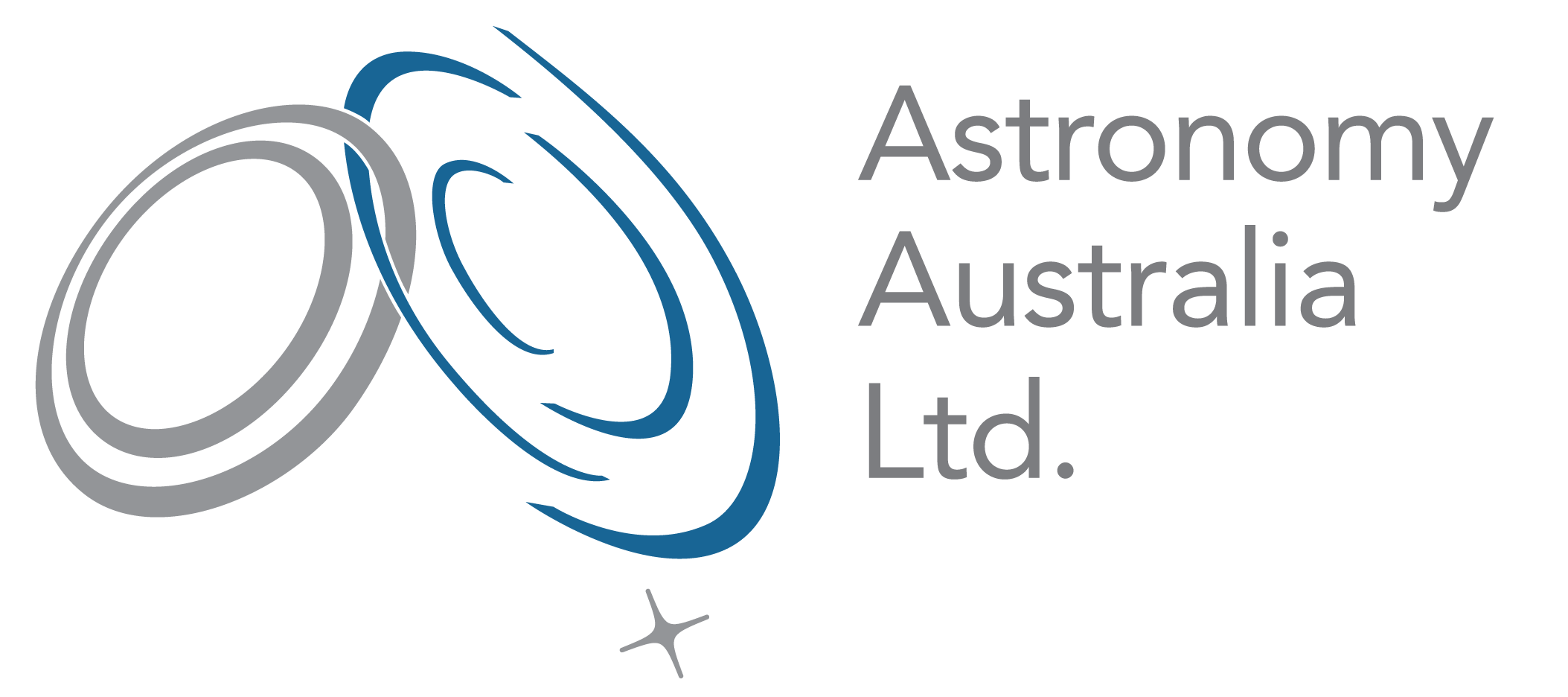Just prior to Christmas 2021, Astronomy Australia Ltd (AAL) received the welcome news that a consortium of 45 astronomers from 14 AAL member institutions had been awarded an Australian Research Council Linkage Infrastructure, Equipment and Facilities (LIEF) grant for A$1.275M.
Over the next 3 years, this grant will help secure access for a substantial fraction of the Australian community to the Vera C. Rubin Observatory’s Legacy Survey of Space and Time (LSST) annual data releases. In combination with institution co-contributions and funding from AAL, the LIEF funding will support a team of expert software engineers based in Australia to provide software for Rubin Observatory, together with storage and processing power for an Australian-based LSST international data access centre.
AAL wishes to congratulate the proposal team, led by Australian LSST Science Lead Professor Sarah Brough (UNSW). Sarah and AAL will now work with UNSW to manage this engagement with Rubin Observatory, as well as oversee the process for appointing Principal Investigators and Junior Associates. These individuals will gain access to LSST data and be able to participate in the LSST Science Collaborations.
Rubin Observatory is approaching completion in Chile with the goal of compiling the deepest, widest image of the Universe at optical wavelengths. This ten-year survey, the LSST, is set to begin in 2024 and will survey the entire southern sky approximately every 3 nights using a specially designed 8.4 m diameter telescope with an extremely wide field of view (9.6 square degrees). The LSST aims to explore the nature of dark matter and dark energy, map the structure of our Milky Way and nearby galaxies, catalogue the solar system and search for transient objects.
Further information on Australia’s engagement with LSST, including the proceedings of a community workshop held in Dec 2021, can be found on AAL’s Vera C. Rubin Observatory/LSST page.
